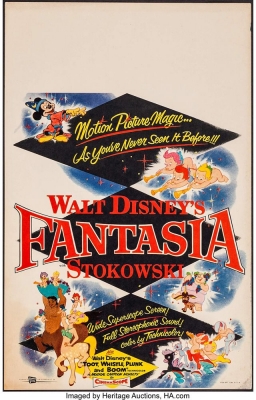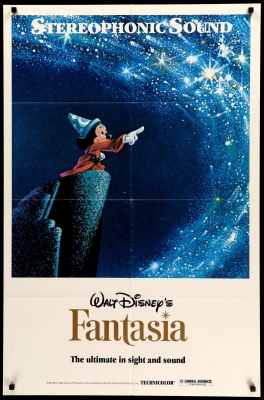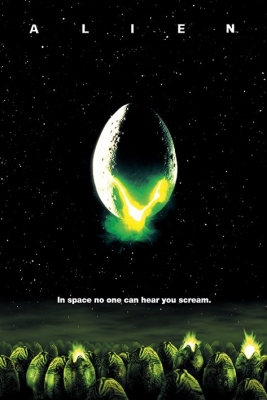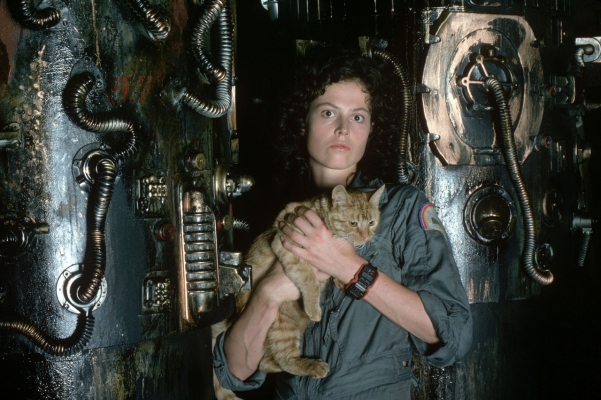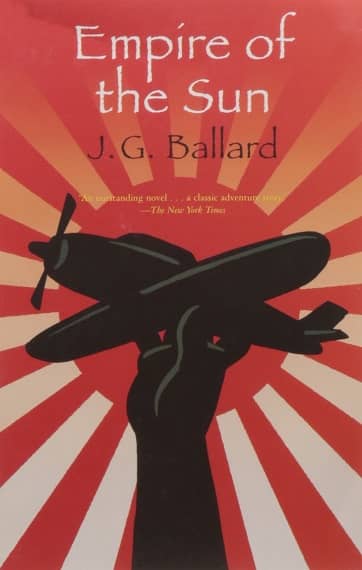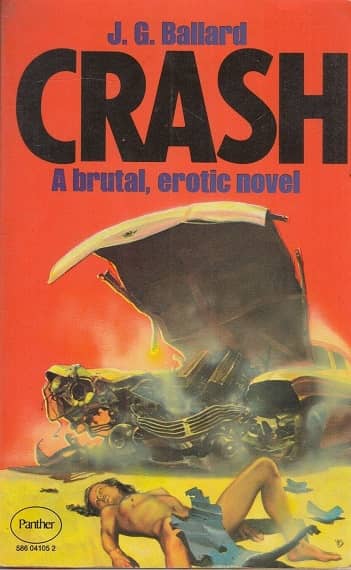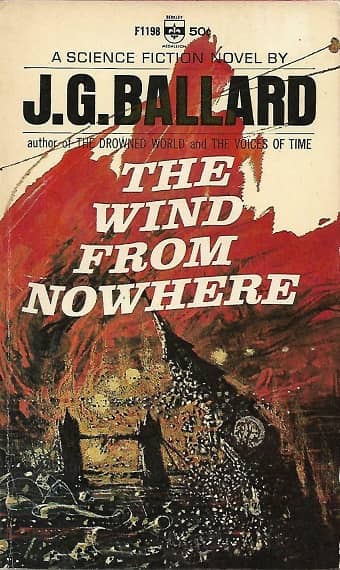Fantasia, Day 4, Part 2: Astronaut
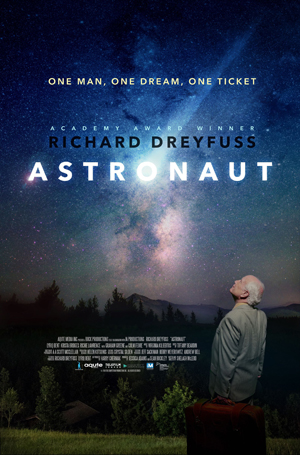 I saw my second movie of the day of July 14 in the Fantasia screening room, where critics can watch a movie on a large computer monitor at a time convenient to their schedules. And indeed scheduling had brought me to the screening room to fill a gap between two other films I wanted to see. Note then that I did not see the film I’m about to describe in a theatre; I don’t think the way I watched it affected my reaction, but it’s perhaps best to give it the benefit of the doubt.
I saw my second movie of the day of July 14 in the Fantasia screening room, where critics can watch a movie on a large computer monitor at a time convenient to their schedules. And indeed scheduling had brought me to the screening room to fill a gap between two other films I wanted to see. Note then that I did not see the film I’m about to describe in a theatre; I don’t think the way I watched it affected my reaction, but it’s perhaps best to give it the benefit of the doubt.
Astronaut was written and directed by Shelagh McLeod. It stars Richard Dreyfuss as Angus, a 75-year-old widower and former geological engineer who moves into an old age home shortly after the film starts. An amateur skywatcher, he also enters a contest for a spot on a private spaceship built by tech mogul Marcus (Colm Feore) — and wins, despite being ten years over the cut-off age for contestants. Will Angus fulfill his lifelong dream of going into space? Or is he too old? Or are there other problems lying in wait?
Let me begin with something good: Richard Dreyfuss is excellent. He’s thoroughly convincing as Angus, and engaging enough to carry the movie for quite a while, even in the absence of other positive aspects. The supporting cast is generally fine, especially an almost unrecognisable Graham Greene as Len, a fellow resident of Angus’ retirement home.
There is a sense in which Feore is actually a weak link among the performers. This is of course not due to a lack of ability on his part. But playing a brilliant entrepreneur running a private space-flight company, he has to convince us that his Marcus is believable as a competitor to Elon Musk or perhaps Richard Branson, the sort of man who could be found in their company. And he doesn’t really get enough to work with. Marcus remains more plot device than character, presented in the film as a mature man of integrity and genius as well as the kind of charismatic figure who can draw both investment funding and media attention. There’s a lack of depth to him, no sense that some of his virtues might be in opposition to some of his other virtues.
In truth, that may be the least of the movie’s failings. The plot is a mess, relying far too heavily on coincidence. I don’t mean that it’s coincidental that Angus happens to win a random draw to become part of a group of finalists competing for the trip to space; a movie’s allowed one given, I think, and anyway if that sort of lottery-winning set-up is good enough for Charlie and the Chocolate Factory it’s good enough for Astronaut. But as the film goes on, it turns out that not only does Marcus’ spaceport happen to be very close to Angus’ home, Angus’ earlier career happens to leave him as the only person who could possibly know a certain piece of information vital to the launch of Marcus’ spaceship.
 In reviewing the movies I see at Fantasia I like to mention the theatre in which I see a film, because the room the film’s screened in often gives a hint about the movie’s nature. The smaller De Sève is often a venue for indie cinema and lesser-known pictures. The larger Hall will usually hold more obviously popular movies, meaning a lot of action films and blockbusters. This is not inevitable, and there are a number of reasons why something you’d think you’d see in one cinema gets hosted in the other. But the two theatres do have their own personalities, and sometimes you watch a movie that fits the personality of the place perfectly.
In reviewing the movies I see at Fantasia I like to mention the theatre in which I see a film, because the room the film’s screened in often gives a hint about the movie’s nature. The smaller De Sève is often a venue for indie cinema and lesser-known pictures. The larger Hall will usually hold more obviously popular movies, meaning a lot of action films and blockbusters. This is not inevitable, and there are a number of reasons why something you’d think you’d see in one cinema gets hosted in the other. But the two theatres do have their own personalities, and sometimes you watch a movie that fits the personality of the place perfectly.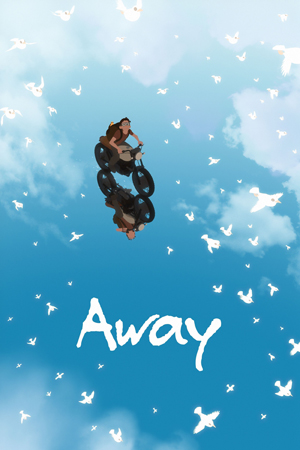 My second feature film of Saturday, July 13, was at the De Sève Theatre. It was the one-man animated feature Away, by Latvian Gints Zilbalodis. Zilbalodis wrote, directed, edited, animated, designed the sound, and did everything else for this 75-minute wordless fable about a young man trying to cross a mysterious island.
My second feature film of Saturday, July 13, was at the De Sève Theatre. It was the one-man animated feature Away, by Latvian Gints Zilbalodis. Zilbalodis wrote, directed, edited, animated, designed the sound, and did everything else for this 75-minute wordless fable about a young man trying to cross a mysterious island.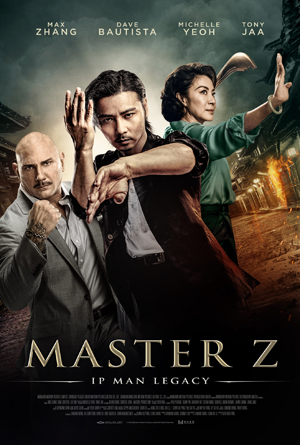 There’s a critical truism that all art is political. I would prefer to phrase it as “all art can be read politically,” because art has to be interpreted. And no work of art can be read only one way. Individual perspective and changing circumstances will give a work very different meanings, possibly including different political significance. (I once worked out my version of the truism as “all readings of art will depend in part on the reader’s historical and political situation,” which is why I’m not a sloganeer.)
There’s a critical truism that all art is political. I would prefer to phrase it as “all art can be read politically,” because art has to be interpreted. And no work of art can be read only one way. Individual perspective and changing circumstances will give a work very different meanings, possibly including different political significance. (I once worked out my version of the truism as “all readings of art will depend in part on the reader’s historical and political situation,” which is why I’m not a sloganeer.)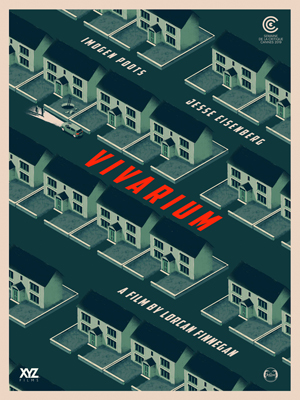 I’d skipped the first day of the 2019 Fantasia Festival since the only movie I wanted to watch, The Deeper You Dig, played the next afternoon. That gave me three movies on Day 2, and after seeing first an indie horror film made by three people and then an Australian comedy led by a major Hollywood star, I could only wonder what I’d get in the Irish-Danish-Belgian co-production called Vivarium.
I’d skipped the first day of the 2019 Fantasia Festival since the only movie I wanted to watch, The Deeper You Dig, played the next afternoon. That gave me three movies on Day 2, and after seeing first an indie horror film made by three people and then an Australian comedy led by a major Hollywood star, I could only wonder what I’d get in the Irish-Danish-Belgian co-production called Vivarium. 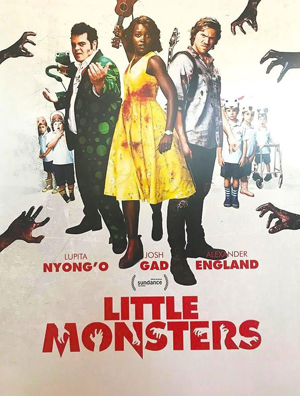 My second movie of Fantasia 2019 was in the 750-plus seat Hall Theatre. Little Monsters stars Lupita Nyong’o as a kindergarten teacher who takes her class on a field trip — only to get caught up in a zombie invasion. Written and directed by Abe Forsythe, it’s an occasionally tasteless but surprisingly effective horror-comedy.
My second movie of Fantasia 2019 was in the 750-plus seat Hall Theatre. Little Monsters stars Lupita Nyong’o as a kindergarten teacher who takes her class on a field trip — only to get caught up in a zombie invasion. Written and directed by Abe Forsythe, it’s an occasionally tasteless but surprisingly effective horror-comedy.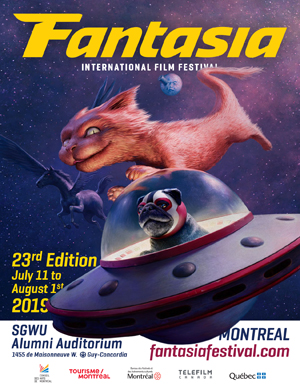 Not long ago I acquired copies of two well-known anthologies: Dangerous Visions and Again, Dangerous Visions.
Not long ago I acquired copies of two well-known anthologies: Dangerous Visions and Again, Dangerous Visions.